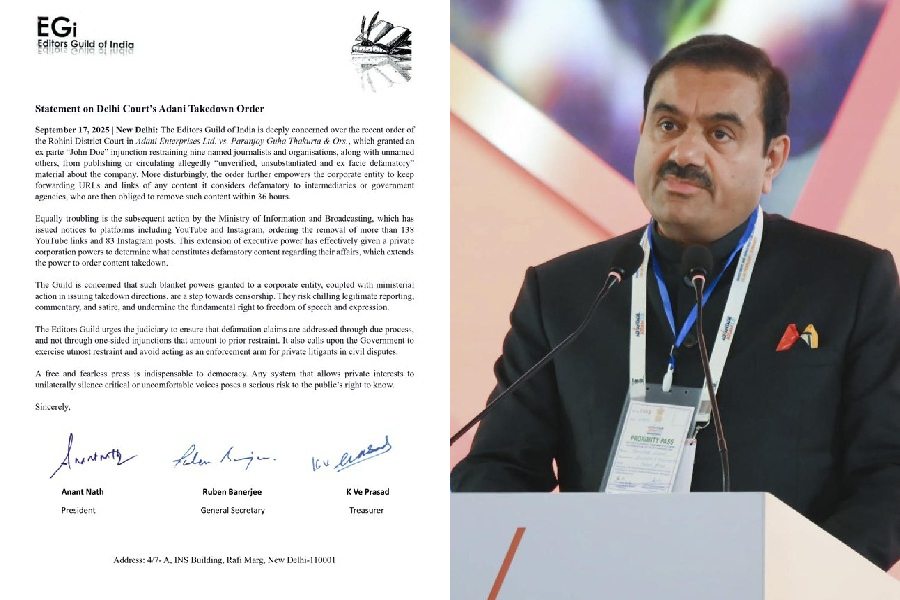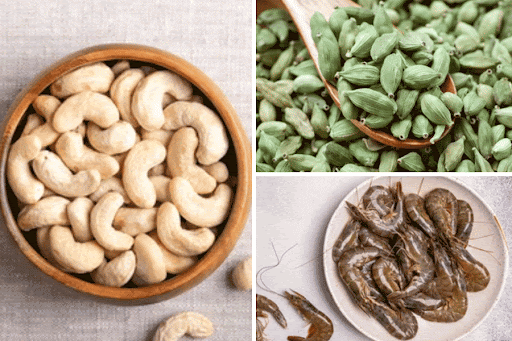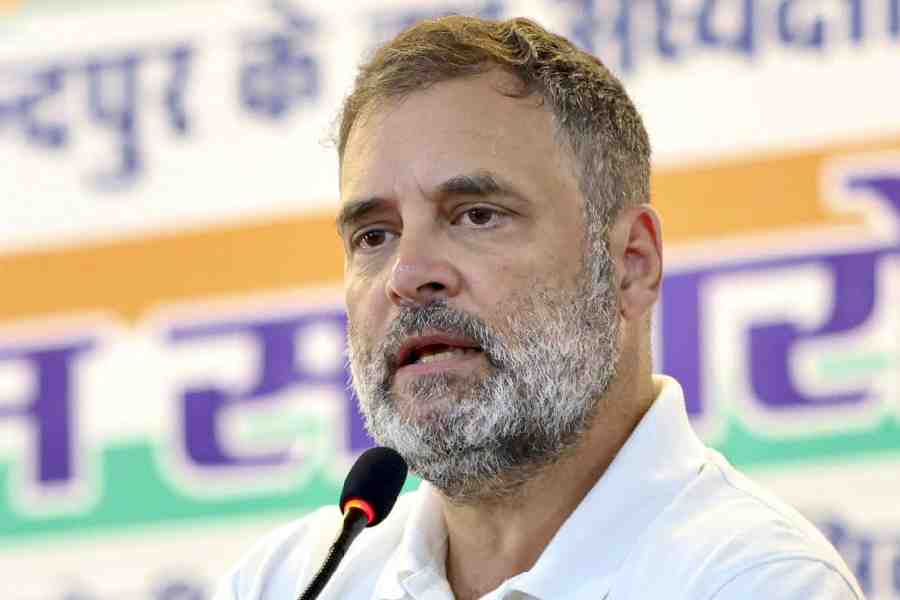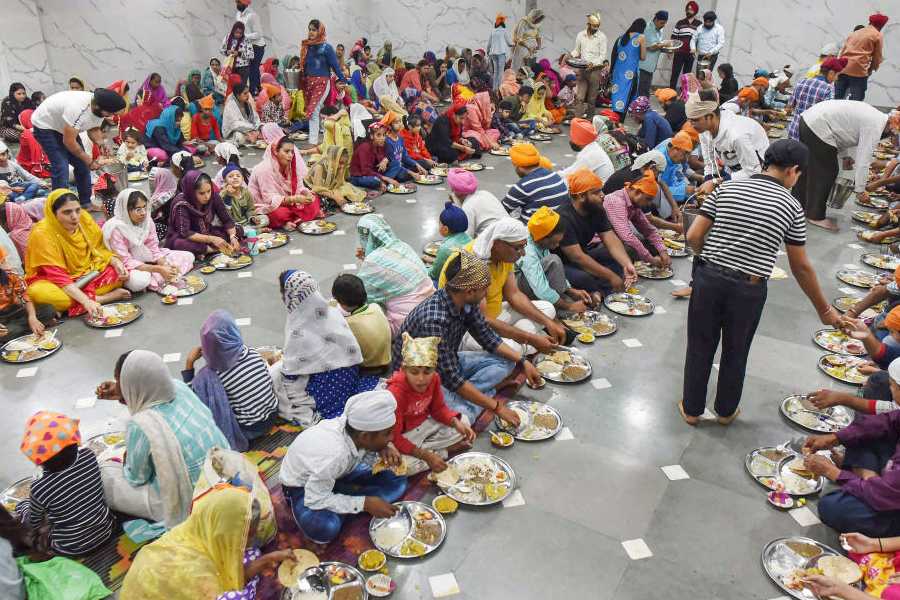 |
| A gouache on paper by Ganesh Haloi displayed at Akar Prakar |
Ganesh Haloi’s exhibition of watercolours, gouache on paper and a couple of oils on canvas titled Steps that seek at Akar Prakar evokes the spirit of music in optical terms. The content vaguely refers to the strangeness of the ghats of Banares on the Ganga’s waterfront. The steepness and angularity of the layout deepens the attraction.
From art college students to major artists like Benode Behary Mukherjee, Gopal Ghosh and Ramkumar, have all painted the ghats in their rich personal style. In addition to the architectural designs, they have worked on the details of the traditional umbrellas on landings under which religious mentors and mendicants teach and preach to the laity. They have also depicted pilgrims bathing in the waters. In foreground, they have sometimes put in sailboats. In the background there are architectural settings of medieval houses, mansions and pinnacles of temples with ornamental embellishments.
Haloi has thrown over board such items of heavy details. Like a wizard in fairytales he has banished human beings from his composition. In only a few works they appear as shadowy beings from the nether world. He has concentrated on the architecture of the steps as they ascend or descend, move sideways or upwards. The diagonal, horizontal and vertical movements of the steps is observed frontally from the ground level, or from different planes sideways or from a pure bird’s eye view. These viewpoints are then assimilated in a single composition. The steps are arranged in a series of thin or slightly thicker rectangles. At the back there are impositions of the wall like flat spaces or triangular pyramidal shape. He reduces the architectonic details to skeletal projections that are so common in civil engineering blue prints. These works remind one of Paul Klee’s illustrated treatise for students done during his stint as a teacher in Germany before the rise of Hitler. There is slight similar pedantic streak in Haloi. He also mixes elements of dreams with symbols, visual abbreviates used by applied artists and certain subtle notations employed by muralists from Ajanta. His present series can termed contra-orphisme. Orphimise artists like Robert and Sonia Delhuany preferred colours over cubist forms, whereas Haloi likes to delineate the purity of geometric shapes over outburst of hues.
The exhibition of paintings by Chandana Khan, Jahar Dasgupta and Sudip Banerjee at Chitrakoot is a preview of a show to be exhibited at the Nehru Centre, London and Maison de ’ Paris during the last week of May. Assurance from Europeans of Indian origin have emboldened the artists to organise the event. Naturally all works are in quick drying acrylic and of portable size. The three have different styles, but they have tried to please the variety of tastes by adopting elements that have decorative and illustrative allurements. Many a times such compromise formulae have upset the composition. Dasgupta’s paintings with a large leaf on her head, ducks in a pond, Buddhadeva in the frame of the time (Kal chakra), nude women in erotic pose try to capture diverse moods. Banerjee’s nude women are unsure and point to a groping style while Ms Khan’s works are overtly decorative.photographySujoy Das










